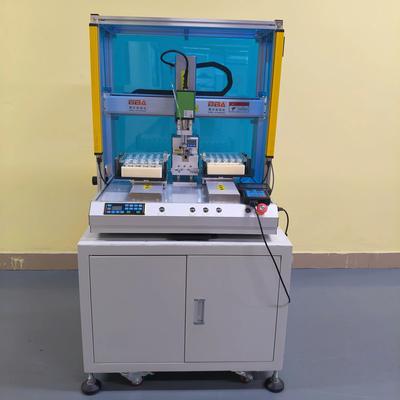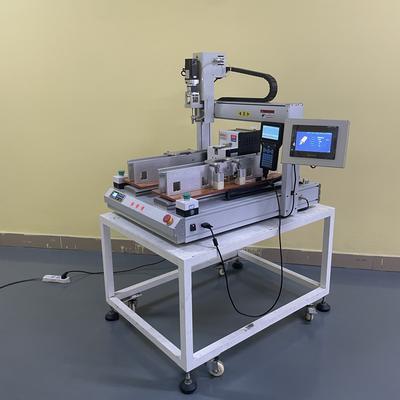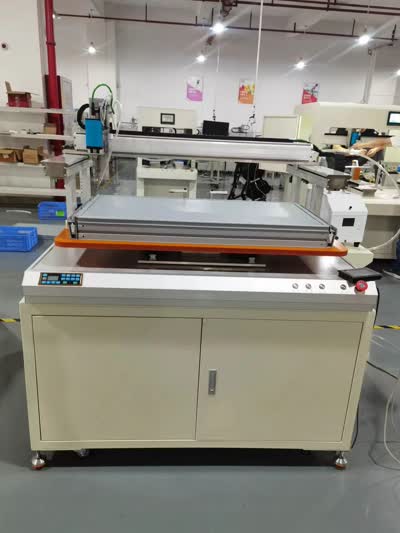Tabletop Screwdriver Robots for High-Density Assembly Lines
| Product Name | Applicable industries |
| Servo Screwdriver Robot | PCB and Circuit Board Assembly |
In the fast-evolving landscape of industrial automation, manufacturers are constantly seeking innovative solutions to enhance productivity, reduce costs, and maintain high-quality standards. One of the most impactful advancements in recent years is the adoption of high-density assembly lines utilizing tabletop screwdriver robots. These compact, precision-engineered systems are transforming how products are assembled, offering unparalleled efficiency and flexibility in constrained spaces.
Tabletop screwdriver robots are designed to perform repetitive screwing tasks with exceptional accuracy and speed. Unlike traditional assembly methods that require significant floor space and manual labor, these robots are compact enough to be integrated into existing workstations or clustered in high-density configurations. This allows manufacturers to maximize their production output without expanding their physical footprint—a critical advantage in facilities where space is at a premium.
The core of these systems lies in their advanced robotic technology. Equipped with high-resolution torque control and real-time feedback mechanisms, tabletop screwdriver robots ensure each screw is fastened to exact specifications, eliminating human error and reducing the risk of product defects. This level of precision is essential in industries such as electronics, automotive, and medical devices, where even minor inconsistencies can lead to significant failures.
Moreover, these robots are incredibly versatile. They can be programmed to handle a wide range of screw types, sizes, and materials, making them suitable for diverse applications. Whether it's assembling delicate consumer electronics or robust industrial equipment, tabletop screwdriver robots adapt seamlessly to different production requirements. Their user-friendly interfaces allow operators to quickly set up and modify tasks, reducing downtime and enhancing operational agility.
Another significant benefit is the improvement in worker safety and ergonomics. By automating repetitive and physically demanding tasks, these robots reduce the strain on human workers, minimizing the risk of injuries such as repetitive strain injuries or musculoskeletal disorders. This not only fosters a safer work environment but also boosts employee morale and productivity.
The integration of tabletop screwdriver robots into high-density assembly lines also supports data-driven manufacturing. Many modern systems come with IoT capabilities, enabling real-time monitoring and data collection. Manufacturers can track performance metrics, identify bottlenecks, and optimize processes for continuous improvement. This data-centric approach facilitates predictive maintenance, reducing unexpected downtime and extending the lifespan of equipment.
As industries move towards smarter, more connected factories, the role of tabletop screwdriver robots will only grow. Their ability to operate in high-density setups without compromising on precision or reliability makes them indispensable for modern manufacturing. By embracing this technology, companies can achieve higher throughput, consistent quality, and greater competitiveness in the global market.
In conclusion, high-density assembly lines using tabletop screwdriver robots represent a significant leap forward in industrial automation. They offer a compelling combination of space efficiency, precision, versatility, and safety, addressing the key challenges faced by today's manufacturers. As technology continues to advance, these systems will undoubtedly play a pivotal role in shaping the future of production.



